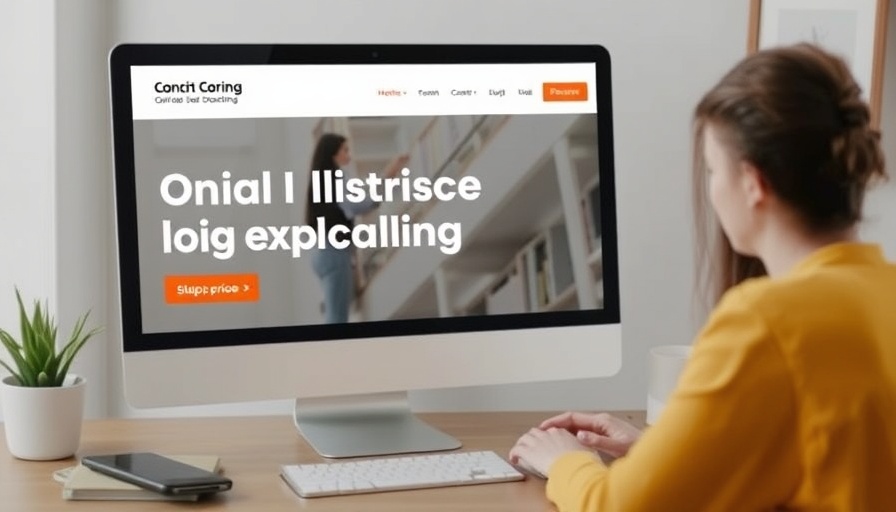
Understanding the Role of a Project Manager at NDSA
The Neurodiverse Self Advocacy Partnership (NDSA) is making waves in the realm of support for autistic individuals, and one crucial piece of this mission is the Project Manager position. This role is not just about overseeing tasks; it's a vital component of managing innovative programs that provide essential resources and support. As educators and community leaders, having a Project Manager at the helm can drive real impact in the lives of those navigating neurodiversity. It’s an opportunity to ensure that autistic individuals feel empowered and supported through tailored programs.
Why This Position is a Unique Opportunity
With a commitment of eight hours per week, the Project Manager's role provides flexible engagement that suits many lifestyles, particularly for women aged 35-60 who may juggle multiple responsibilities. The position is ideal for those passionate about education and advocacy, wanting to deepen their professional experience while working within a supportive community.
Key Responsibilities: Navigating the Path to Success
The Project Manager will take the reins on delivering projects on time and within budget. With responsibilities that include maintaining communications, monitoring budget constraints, and reporting on progress, this role encapsulates the essence of effective project management. Organizing Zoom/Teams meetings and keeping stakeholders informed fosters a collaborative environment where everyone’s contributions are valued, essential for a project aimed at uplifting neurodiverse individuals.
Bridging Educational Expertise with Lived Experience
One of the most compelling aspects of this role is its alignment with lived experience. Candidates with knowledge of autism and neurodiversity can bring invaluable perspectives to the position, ensuring that program delivery is informed and empathetic. This connection to personal experience not only enhances program efficacy but also promotes understanding at the core of NDSA’s mission.
What Skills Make a Great Project Manager?
While proficiency in tools like the MS Office suite is essential, the soft skills often shine brightest in a Project Manager role. The ability to build relationships with stakeholders, communicate effectively via email, and manage time wisely are paramount. After all, education and advocacy thrive on connection and collaboration, making these skills crucial for success.
The Importance of Adaptability in a Changing Landscape
The landscape of support for neurodiverse individuals is constantly evolving. A Project Manager must be adaptable, knowing when to pivot or take anticipatory action if issues arise. This adaptability not only keeps projects running smoothly but also allows for ongoing learning and development, which is vital in the rapidly changing fields of social enterprise and support systems.
The Benefits of Joining the NDSA Team
Joining the NDSA as a Project Manager comes with not only a competitive pay package but also the chance to effect real change. By contributing to impactful programs like the Tool Up and Pathway programs, the Project Manager plays a key role in enabling others to realize their potential. The fulfillment from fostering a more inclusive environment for autistic individuals can be profound.
If you’re eager to make a difference while enhancing your professional experience, consider applying. NDSA encourages candidates with disabilities to disclose their situation, ensuring equitable opportunities for all and promoting a truly inclusive culture. Apply now by submitting your CV and cover letter to toolup@ndsa.uk and step into a role that values your skills and experiences.
 Add Row
Add Row  Add
Add 




Write A Comment